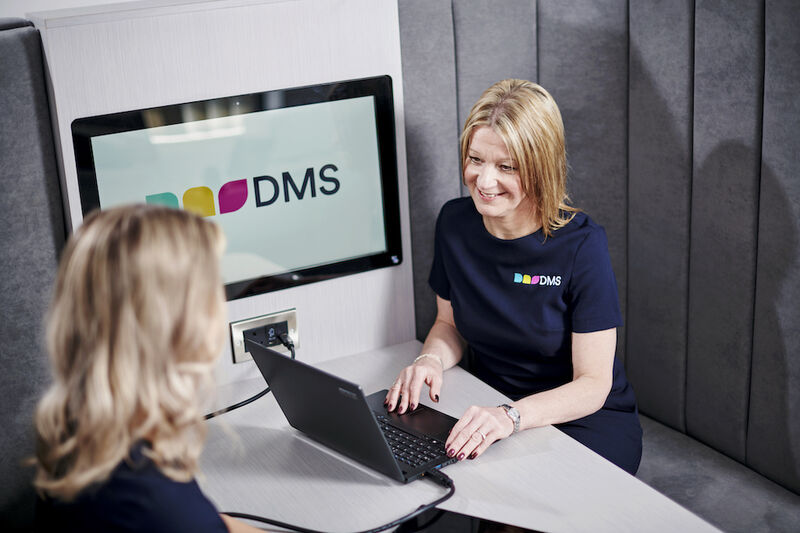When the UK Government announced the first nationwide coronavirus lockdown on 23 March 2020, many businesses and places of education such as schools and universities had to make drastic changes to the way in which they work in order to continue teaching during a time when people weren't allowed to leave their homes.
Even before the pandemic, the education sector was undergoing a transformation, transitioning from an outdated teaching culture to a more modern learning culture. In this guide, we’ll be explaining how the coronavirus pandemic forced the education sector to modernise.
Abolishing One-Size-Fits-All Teaching
From a child’s first day at school to the very last, classrooms are typically run by teachers who deliver lessons that follow a set curriculum with set activities that all children must participate in in the same way.
This one-size-fits-all approach is becoming more and more outdated as it fails to accommodate different learning styles and doesn’t encourage student-led learning.
When the coronavirus crisis hit, teachers were forced to find alternative ways of carrying out lessons when the majority of students weren’t allowed to go into school. Many did this by asking students to attend online group video calls via their laptops or tablets from home.
This implemented a ‘blended learning’ style, teaching some students from home, whilst children of key workers were still taught in the classroom.
With the ability to work from tablets and iPads, there was far more opportunity for different types of activities to accommodate different learning styles and paces of learning,
For example, in the past, ‘education’ meant a teacher, a curriculum and a lesson plan. If a student was unable to grasp content straight away, they were often left behind to avoid disrupting the lesson plan.
Now, technology provides greater opportunities to explore topics in greater depth and students can avoid being left behind with more open lines for communication as well as using alternative learning methods that work best for them.
Some students may learn best from listening to an audio book, while others prefer taking part in interactive activities on their devices.
Teachers can also get a better understanding of how their students are doing with an overview of how well the students are doing with the subject material. This allows them to offer additional help to those who need it in specific areas.
Using Technology to Prepare for the Future
Prior to the coronavirus pandemic, children may have only had one or two lessons a week in an ICT room using technology alongside their learning.
When the pandemic hit, children were made to learn almost exclusively via laptops and tablets. By increasing their exposure and use of technology, children can be better prepared for adult life, where a decent understanding of how to use technology is becoming an expectation in almost all industries.
How DMS Helped Facilitate Learning During the Coronavirus Pandemic
DMS’ audio visual solutions supported all of the new ways of working during the pandemic by providing teachers and pupils with all the necessary tools to facilitate remote learning, such as tablets, laptops, webcams and microphones.
Modernise Your School with DMS
DMS One takes care of all your school’s modern technology needs under one easy to manage bundle package, helping you to meet Digital & Technology Standards.
Following an independent and thorough investigation of your existing infrastructure, we can pinpoint your school’s needs and create a tailored package to meet them.
Packages can include solutions such as:
- Managed Print
- Audio Visual Solutions
- IT Services
- Document Workflow
- Workspace Solutions
Get in touch with our team today to discuss how DMS can help your school.









